In this answer, there are edges with :e and :w in the code:
key:i1:e -> key2:i1:w
What do they mean? I suppose they are this line in The DOT Language | Graphviz:
compass_pt : (n | ne | e | se | s | sw | w | nw | c | _)
But I don't understand this. Googling compass_pt GraphViz doesn't yield any useful information.
